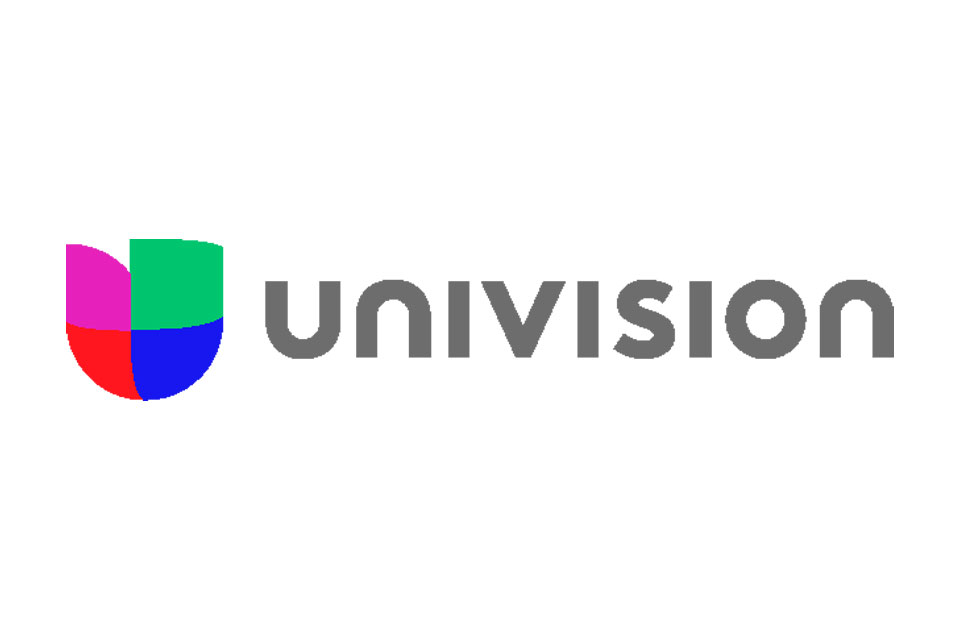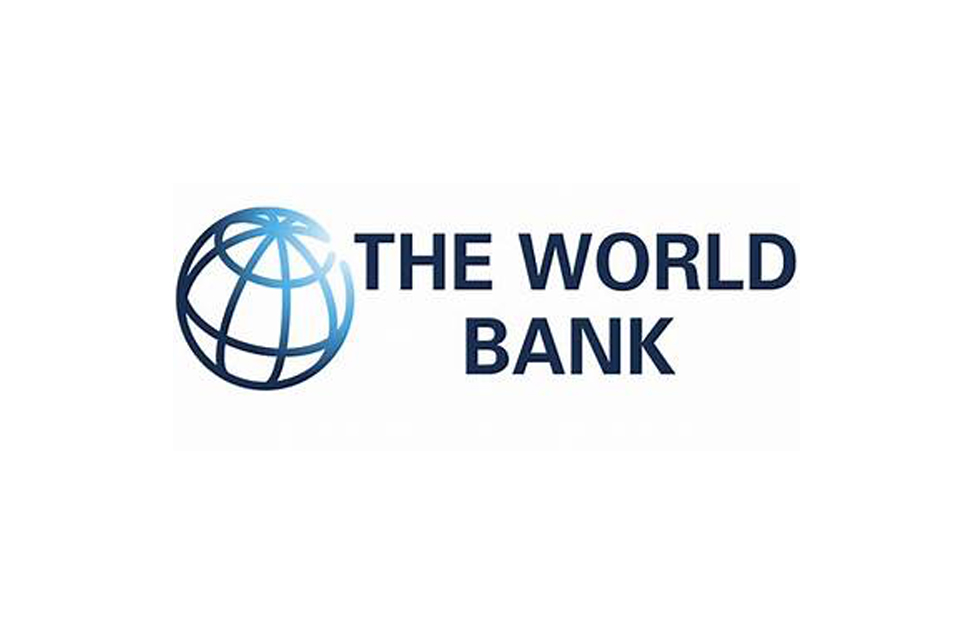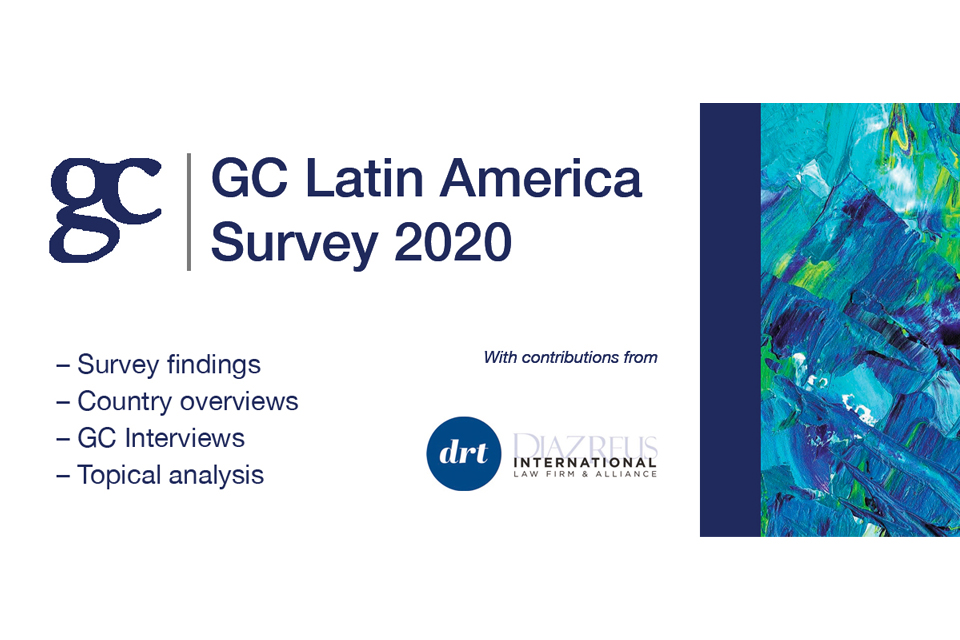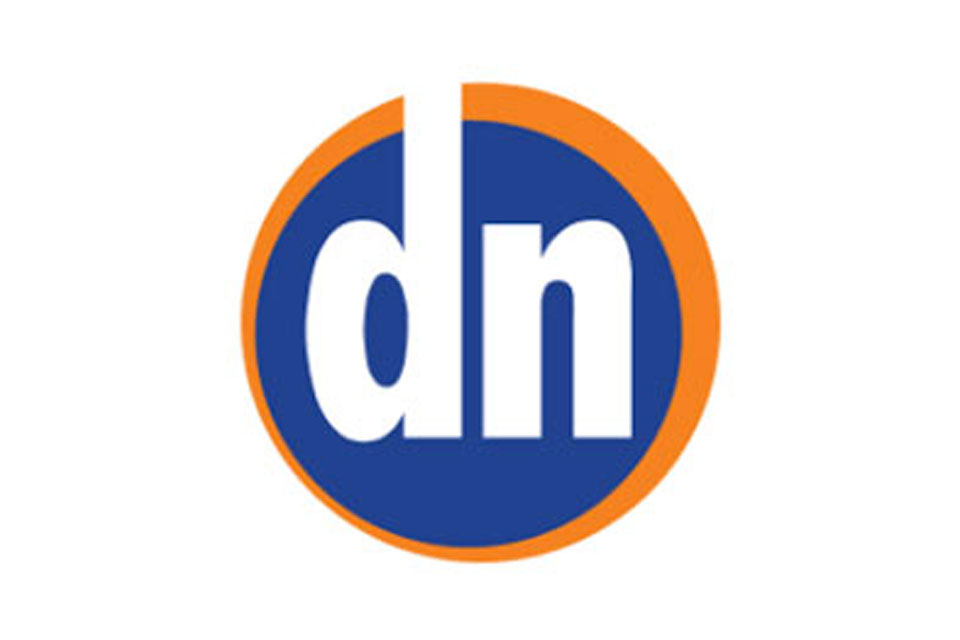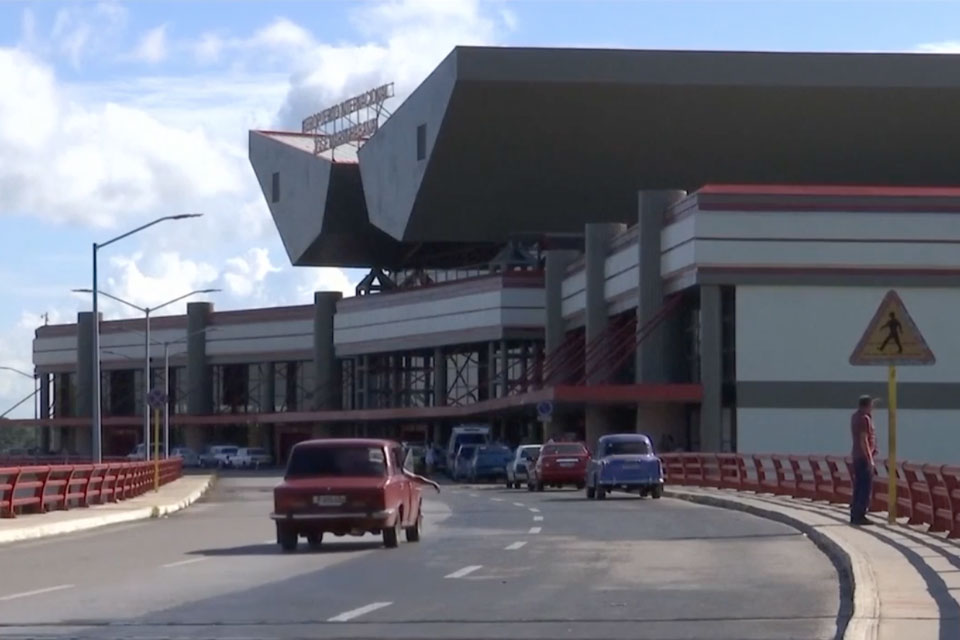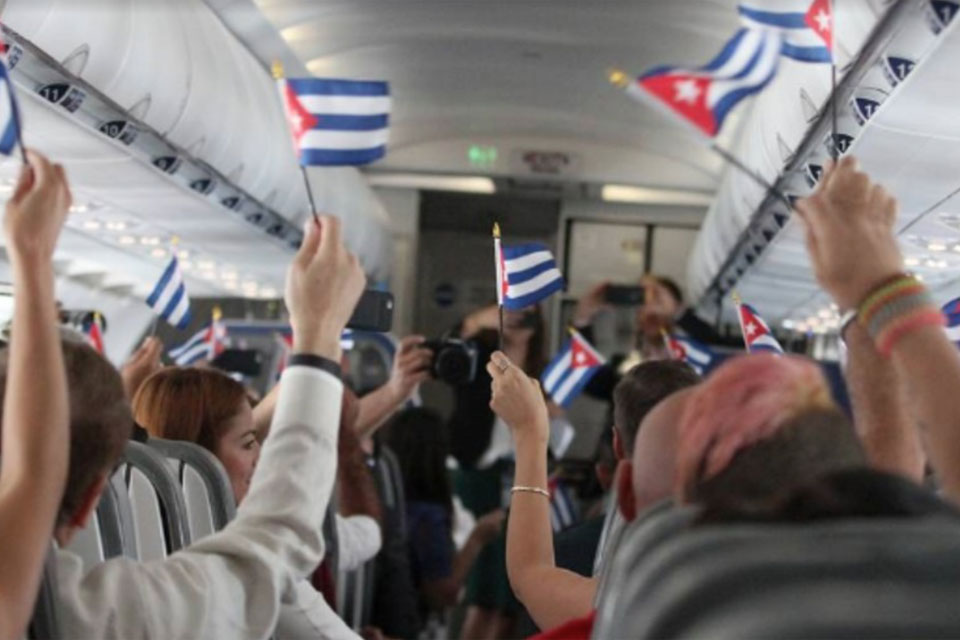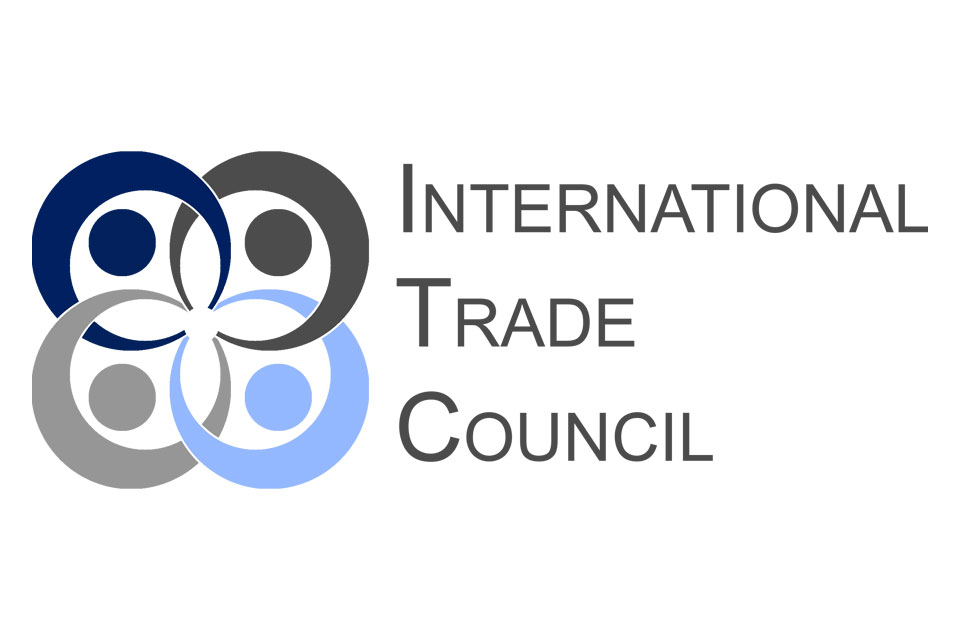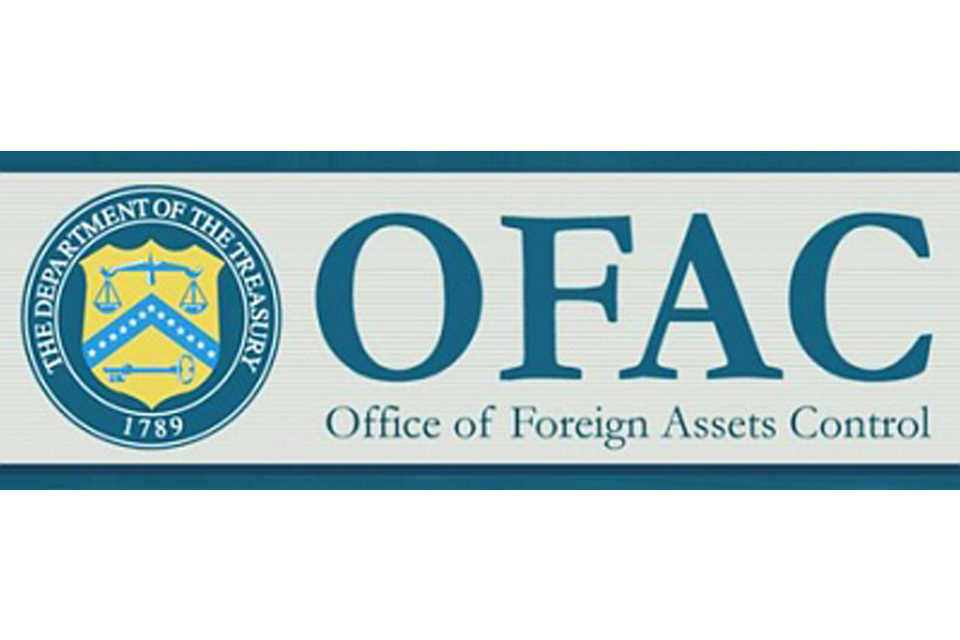On July 11, 2010, Spanish midfielder and the eventual man of the match, Andrés Iniesta, scored a sensational goal in extra time to make Spain win the 2010 World Cup. But another unsung hero of the World Cup is an up-coming Indian IT company which had succeeded in obtaining and maintaining one of the most lucrative international contracts with FIFA. Mahindra Satyam recently also signed a new contract with FIFA to provide technological services for the 2014 World Cup in Brazil. In the same vein, a number of other Indian companies are considering not just tying up with major sports leagues in Latin America, but venturing to expand their businesses in the region.
This article discusses the trade and existing commercial relations between India and Latin America, and identifies sectors of mutual interest and their growth potential with a view to highlight Indian corporate involvement in Latin America.
On July 11, 2010, Spanish midfielder Andrés Iniesta, scored a sensational goal in extra time to put Spain ahead of the Netherlands. Spain went on to win the 2010 World Cup. Iniesta, named the man of the match, instantly etched his name in World Cup history. However, there was another unsung hero of the World Cup. This hero never marched on the pitch. But it did have the backing of a nation. Mahindra Satyam, an up-and-coming IT Company from India, was the official technological service provider for the World Cup. Simply put, Mahindra Satyam permitted anxious fútbol fans around the world to watch their respective national teams fight for the FIFA World Cup Trophy. Behind the pitch, fútbol fans could view Mahindra Satyam’s billboards throughout the match play. Mahindra Satyam has succeeded in obtaining and maintaining one of the most lucrative international contracts with FIFA. For Mahindra Satyam, however, this was just the beginning. Now determined to provide its services to the rest of the world, Mahindra Satyam has shifted its focus to the emerging regions, specifically Latin America. The company’s actions have followed suit. Mahindra Satyam recently signed a new contract with FIFA to provide technological services for the 2014 World Cup in Brazil.
Mahindra Satyam epitomizes India’s newfound resilience to carry their economic goals and didactic talents abroad, with emphasis in entering the emerging markets. Latin America, which has displayed a steady resilience during the recent crisis and a strong potential for long term growth, has ascended to the top of India’s radar. India’s rapidly-growing demand for commodities to sustain India’s one billion plus population, has resulted in thousands of Indian companies to expand their trading activities in Latin America.
India’s total investment into Latin America and the Caribbean reached upwards of $10 billion dollars last year, while imports from the region hinged around $9.2 billion. Although this figure is minimal compared to Sino-Latin American trade, it illustrates that a bridge has been built between these two emerging regions. At this time Argentina, Brazil, Chile, Columbia, Peru, and Venezuela are the major players in Indo-LatAm trade. India has increased imports of crude petroleum, uncut diamonds, slag, ash and animal/vegetable oils. In return, Latin America has increased imports in mineral products, vehicles, and chemicals from the Indian subcontinent.
The Indian government is encouraging movement into Latin America through the signing of multiple regional trade agreements. India is currently a member of Mercosur, a trading block, which includes Argentina, Brazil, Paraguay, and Uruguay. As well, India has entered into a preferential trade agreement with Chile to further trade between the nations. The Indian Government, with a continuing view to promote economic cooperation between the regions, has set up joint commissions with other important trading partners in Latin America. For example, India and Mexico signed a ten (10) year bilateral investment promotion and protection agreement in May 2007.
Indian companies continue to set up operations in Latin America in everything from technology, pharmaceutical, manufacturing to energy and mining. India’s top software service exporter, Tata Consultancy Services Ltd., which currently employs over 7500 Indian professionals in Uruguay, Argentina, Chile, Ecuador and Mexico, expects its Latin American sales to double to upwards of $1 Billion within the next three years. Just this month, Tata opened a new office in Lima, Peru for the purpose of increasing its IT, business process outsourcing and consulting services to Peru and the surrounding territories. Jindal Steel & Power Ltd. has already spent more than $ 3 billion to develop more iron-ore mining within South America, with strong interest stemming towards the agricultural front. As well, Tech Mahindra’s Chief Executive Sanjay Kalra has repeatedly stated his firm’s strong interest in merging or acquiring Latin American companies.
This is just the beginning. India eyes Latin America as the next frontier for growth and expansion. Like China, India is rapidly modernizing industries and holds a large burgeoning middle class with rising incomes and purchasing power. Consequently, India now demands natural resource-attractive commodities, agricultural goods such as cotton, as well as diversified nontraditional exports such as processed commodities, light manufactured products, and household consumer goods. Latin America can satiate these demands. With the evolution of world trade centered on Indo-China, Latin America will have no choice but to cater to this powerhouse. Likewise, India cannot ignore the vast possibilities that lie in Latin America, which could yield both profit and increased production within India’s borders. Latin America will continue to adopt aggressive strategies to take advantage of the overall positive effects of high Indian growth and the voracious demand stemming from that growth. This will be necessary to strengthen Latin America’s reputation in the global economic market, and forward Latin America’s development agenda.
India’s entrance into Latin America will obviously present challenges. Different languages, local taxation, complex laws, and political dynamics will pose risks to uninformed Indians entering the region. However, companies eyeing the rewards of entering Latin America can mitigate these risks by hiring a local workforce, expanding their business to include a local Latin American office, actively considering joint ventures or mergers and acquisitions, and retaining counsel to assist them with trade and acquisitions within the region. By balancing volatility and currency risk with potential growth, India will tap into the rewards within this unsaturated market and stay on par with its Asian counterparts. As Latin America and India strive to reach their respective potential, businesses within each region will discover golden opportunities. Those players which balance risk and reward will undeniably benefit from this upsurge of Indo-Latin American trade and investment.























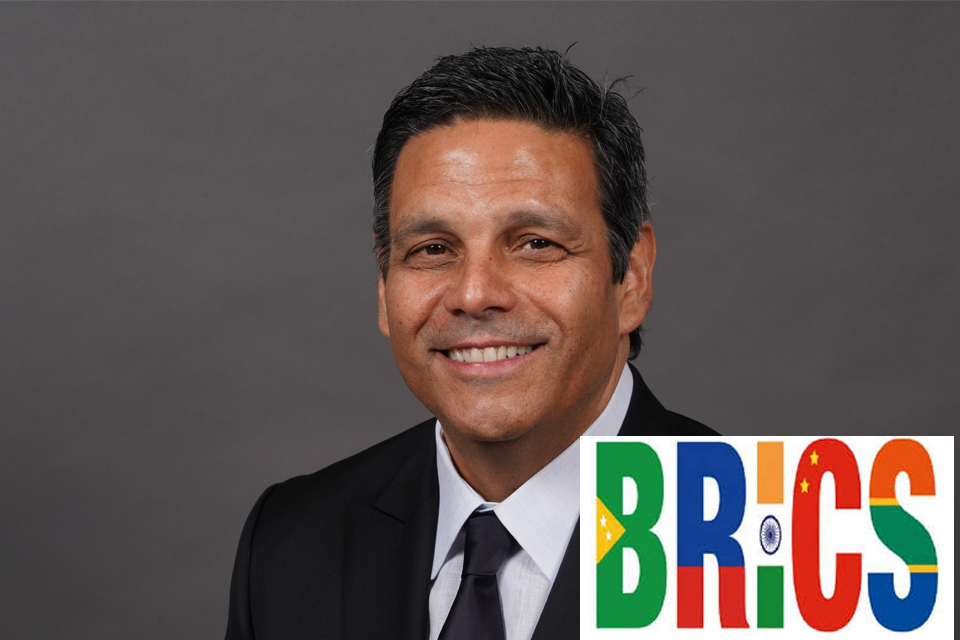



































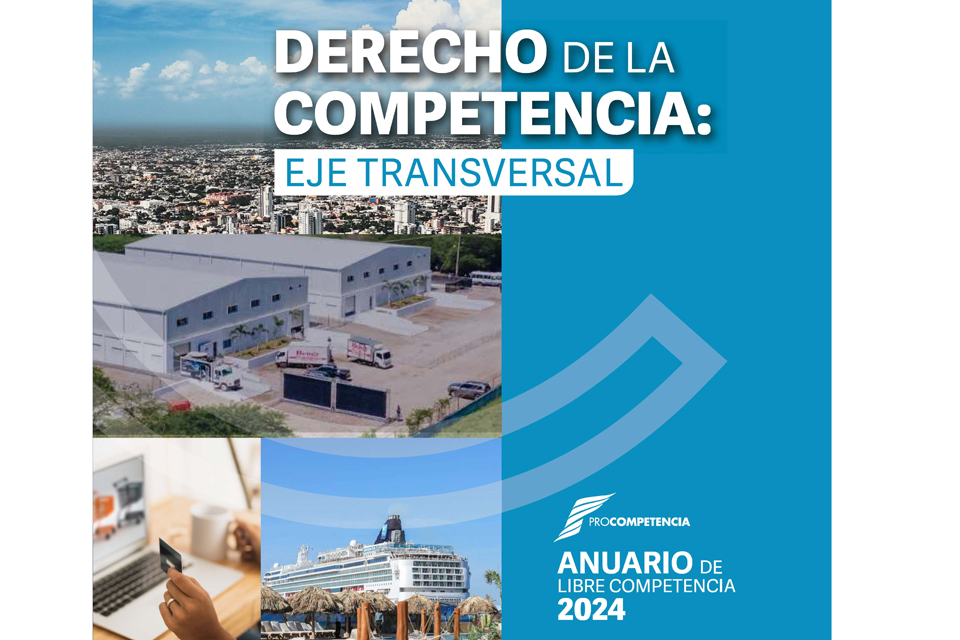









































![Especial abogados Salón de la Fama[61] 4](https://diazreus.com/wp-content/uploads/2023/06/Especial-abogados-Salon-de-la-Fama61-4-2-pdf.jpg)







